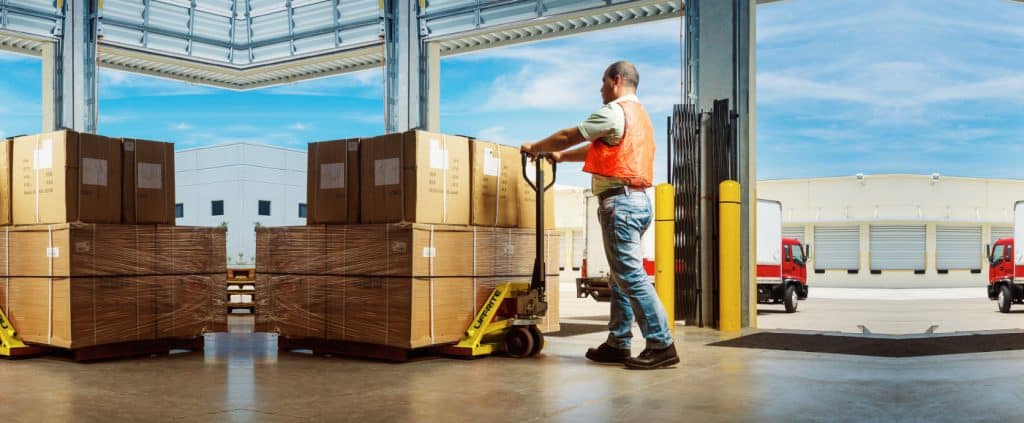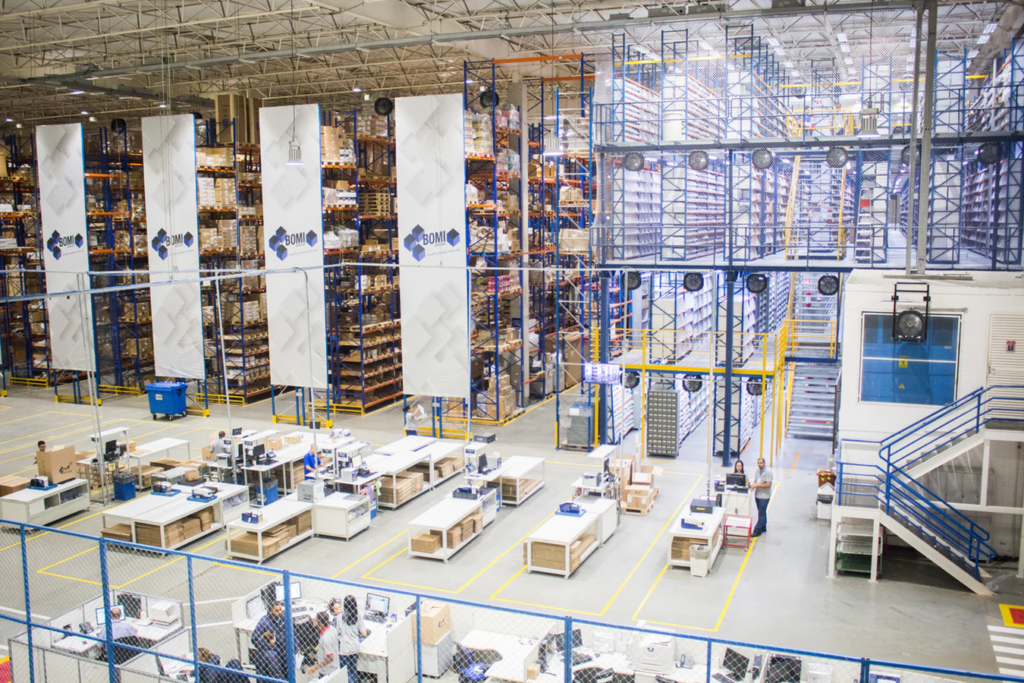Choosing the Best Forklift Mast According To Your Needs
Choosing a reach truck involves taking into account various factors, including your specific applications, the required working height, the layout of your warehouse, and your preference for diesel or electric power, among other considerations. One crucial aspect that is often overlooked is the ‘mast.’
The mast is the lifting platform on the forklift responsible for raising, lowering, and carrying loads to be stacked into compartments. Different types of masts offer distinct advantages and potential drawbacks, depending on the specific application.

The 4 main and commonly found ones come in stages as categorized below:
1. Single stage
2. Two Stage
3. Three stage
4. Four Stage
Single Stage Mast: The single-stage mast features a solitary channel with a limited lifting height. It lacks the capability for free lift, meaning it cannot raise the load and forks without moving the mast channels. Consequently, this mast must extend higher than other types when stacking loads. It is commonly utilized in outdoor applications where height clearance is not a concern due to the absence of limitations.
Two Stage Mast: The two-stage mast, equipped with free lift, is frequently found in warehouses. It is employed for stacking and double stacking in indoor settings with restricted overhead clearance. Providing excellent visibility, it is ideal for use in trailers and boxcars.
Three Stage Mast: Arguably the most common and versatile forklift, the three-stage mast offers free lift, maneuvers at greater heights, and proves to be an excellent choice for stacking in general warehousing applications.
Four Stage Mast (Quad Mast): Also known as the Quad Mast, this type provides the highest reach among all four material handling and warehouse equipment categories, thanks to four sets of moving rails. Specifically designed for stacking at steep heights in specialized warehouses.

Factors to Consider When Choosing a Forklift Mast:
1. Lowered Height: When fully lowered, each mast type attains a specific height, which varies among the four types. Consider this aspect if your warehouse or storage facility has height restrictions for loading docks, doors, entrances, or other areas.
2. Load Backrest: Most forklifts come equipped with a 48-inch load backrest, while others offer it as an optional feature.
3. Lift Height: When selecting a mast type, add a buffer height of at least 6 inches to your highest racking shelf. This ensures an assessment of the required lifting heights, including the necessary clearance for operators to safely transfer loads at height.
If you are in the market for a reach truck, heavy-duty diesel forklift, or very narrow aisle truck, consider purchasing from Total Warehouse. We offer multiple options to suit all your warehouse needs.

At Total Warehouse, we deliver high-quality products and services at competitive prices, representing products manufactured by Linde, UniCarriers Forklift, Big Joe Manufacturing, and Landoll. We’ve helped countless of businesses across the United States achieve lower maintenance, reduced costs, increased worker satisfaction, and increased economic sustainability. Our team of highly knowledgeable experts can help you make the right decision for your business. Give us a call at 833-868-2500 or contact us online.






